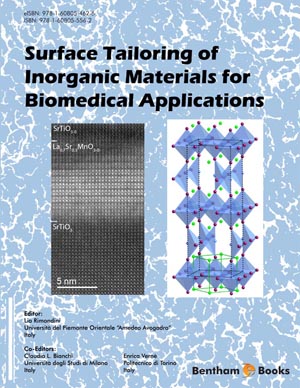Abstract
SHS investigation development is considered from the geographical and historical viewpoint. 3 stages are described. Within Stage 1 the work was carried out in the Department of the Institute of Chemical Physics in Chernogolovka where the scientific discovery had been made. At Stage 2 the interest to SHS arose in different cities and towns of the former USSR. Within Stage 3 SHS entered the international scene. Now SHS processes and products are being studied in more than 50 countries.
Abstract
Bioactive glasses are widely studied in the biomaterial field because of their ability to chemically bind to living tissues and to positively stimulate cells through the release of specific ions. They are extremely versatile materials, in fact their composition can be tailored in order to improve particular properties (e.g. bioactivity, resorbability, mechanical resistance …). In this research work, different strategies aimed to modify the surface of bioactive glasses have been reviewed. The main idea of these treatments is to combine the conventional properties of bioactive glasses (bioactivity, ion release …) with more specific ones, by the addition of particular ions or the grafting of biologically active molecules (e.g. proteins or drugs). At first a brief introduction on bioactive glasses is reported, then surface modification by the introduction of active ions is described and finally the surface functionalization with biomolecules (proteins or drugs) is discussed.
Keywords:
Bioactive glass, osteoinductive, osteoconductive, surface functionalizetion, antimicrobial.
Recommended Chapters
We recommend

Authors:Bentham Science Books


 Download PDF Flyer
Download PDF Flyer



